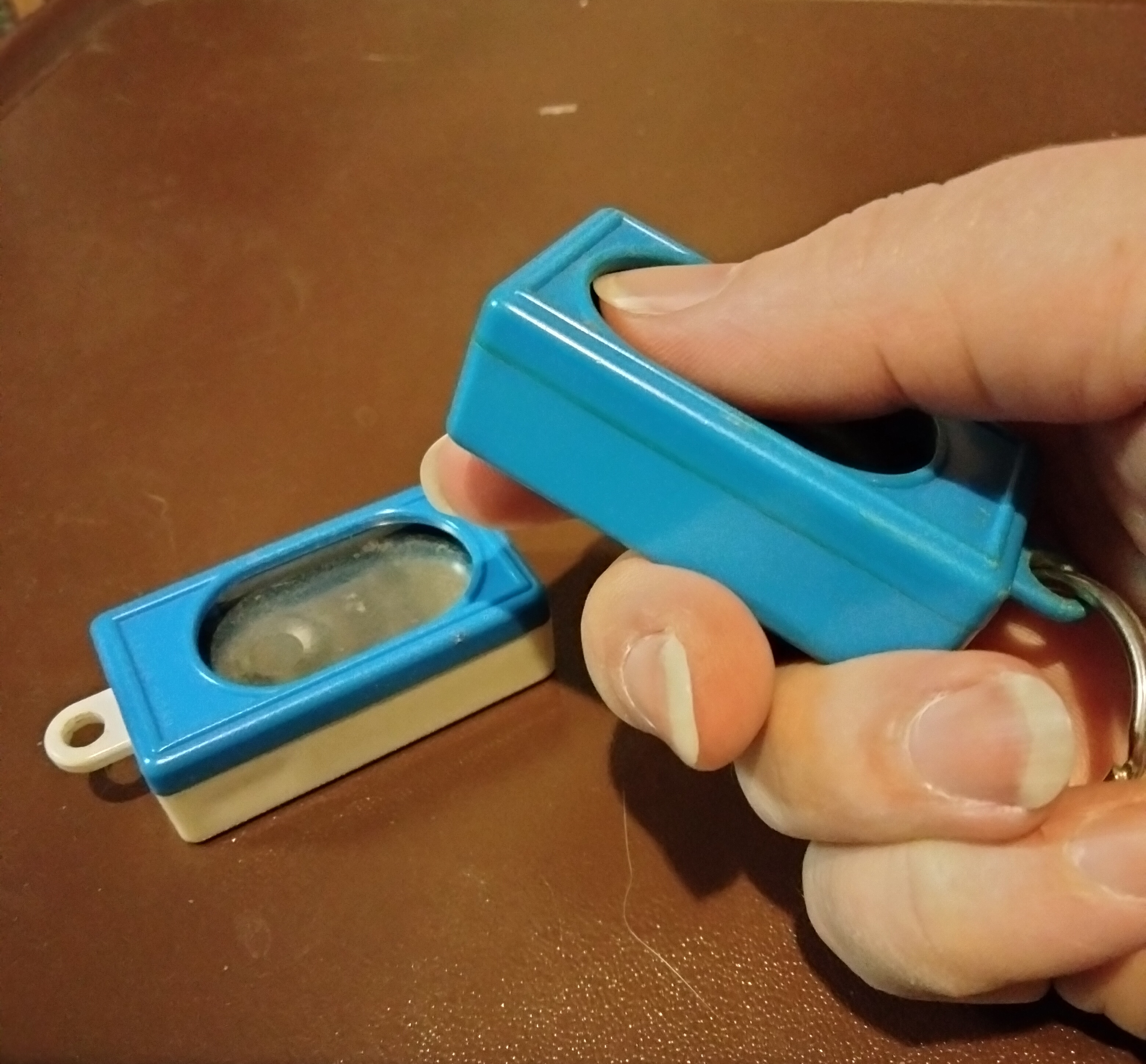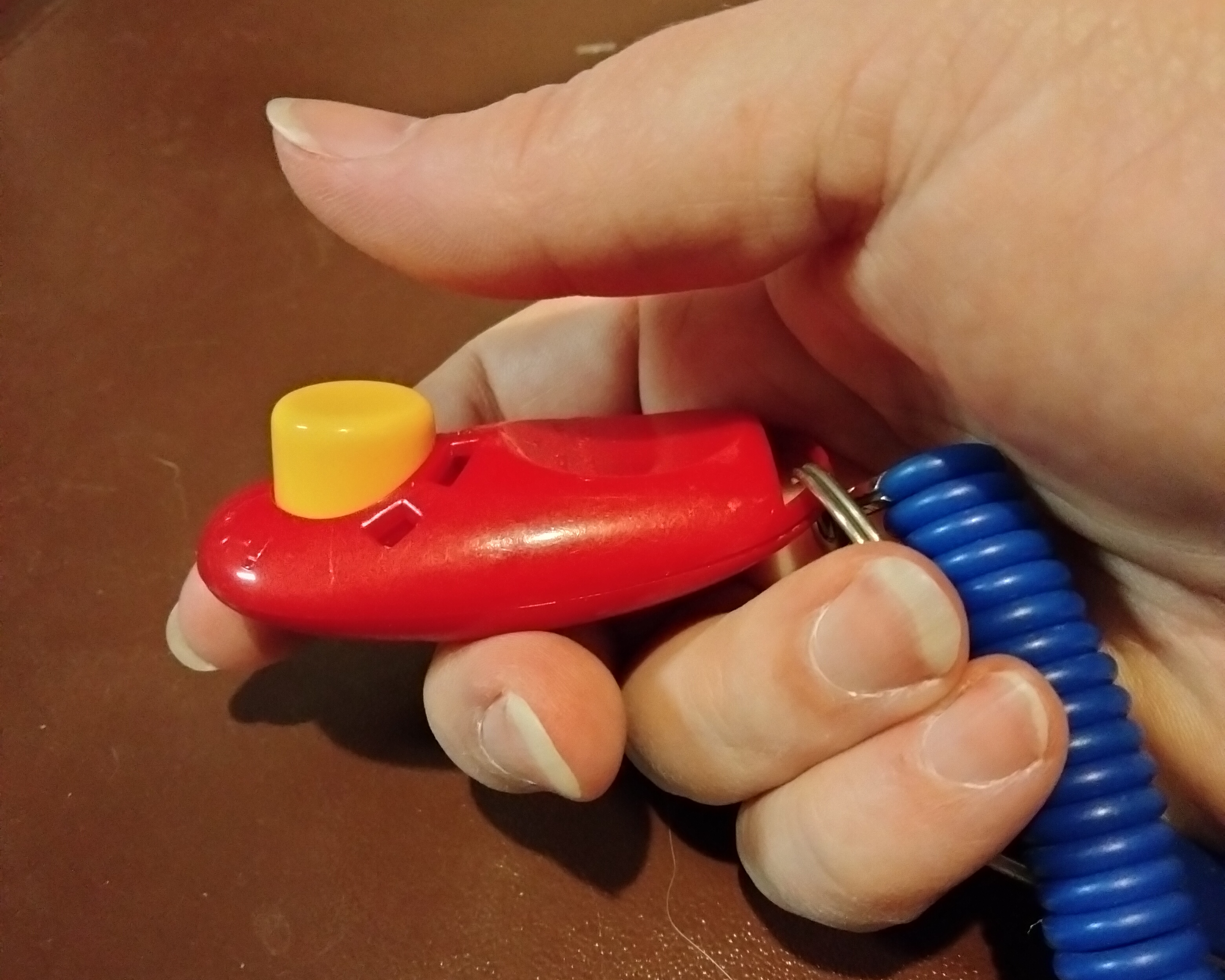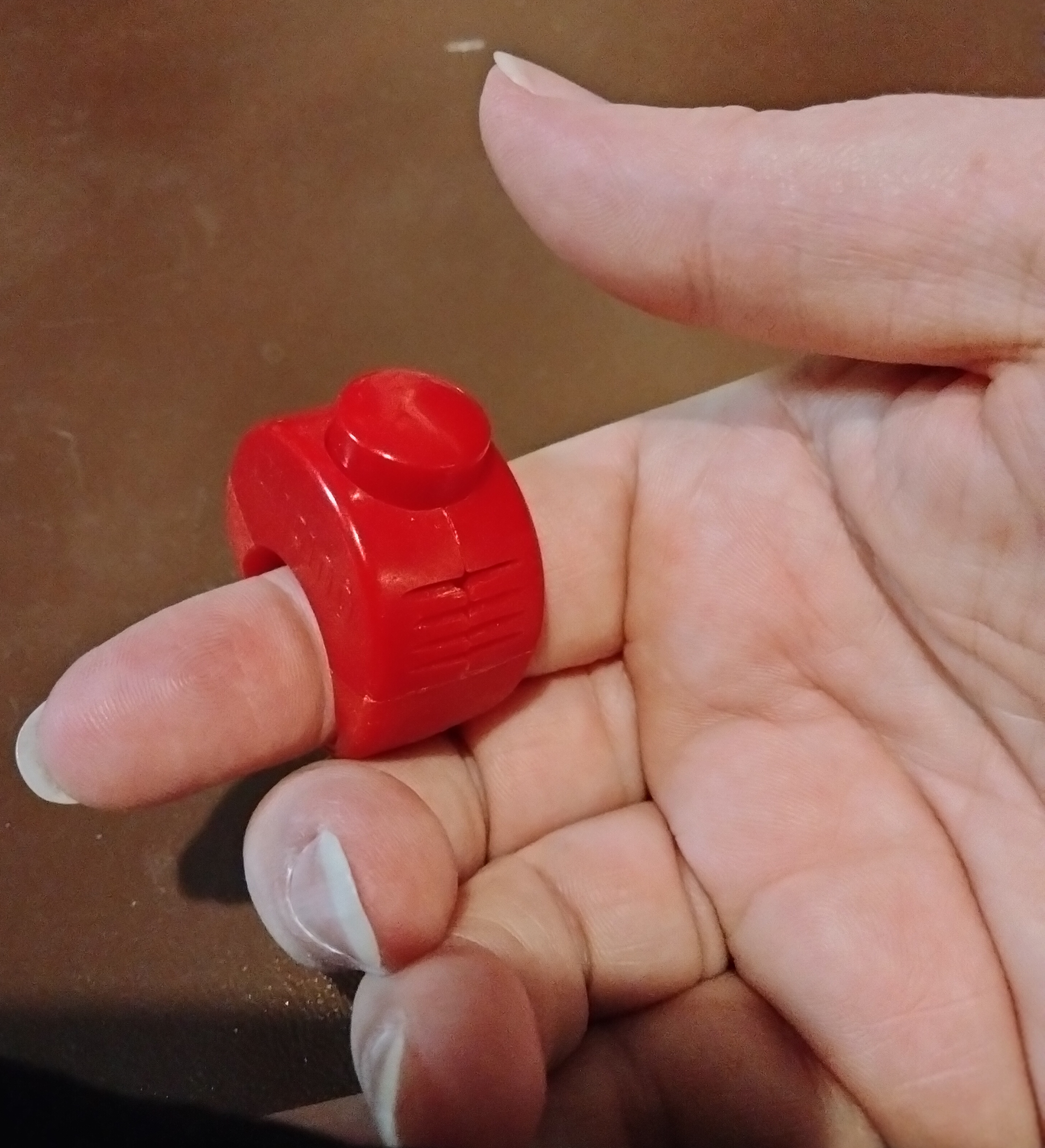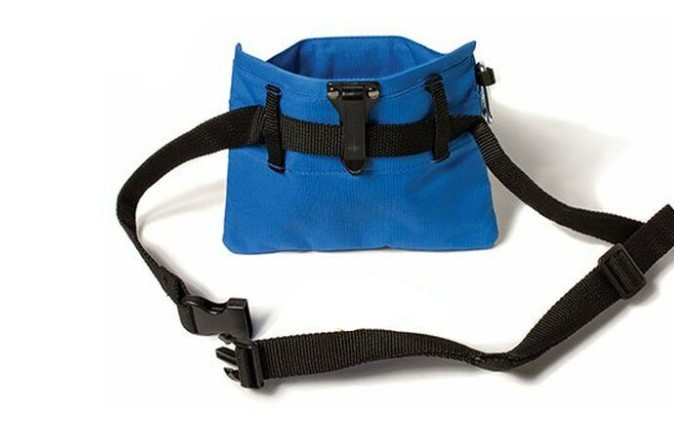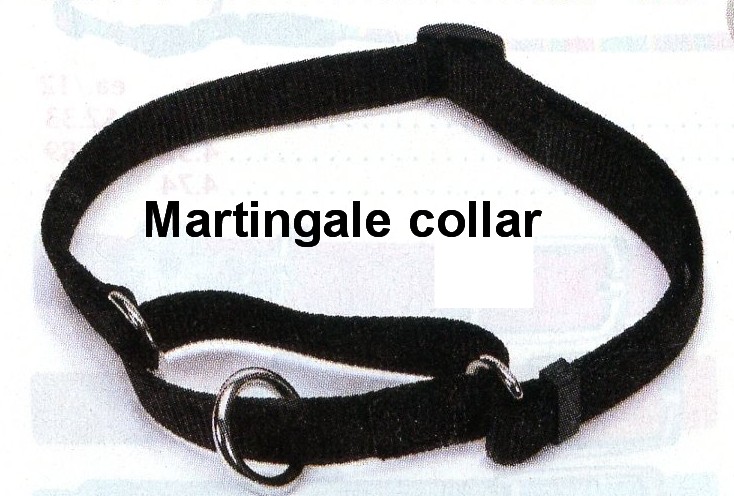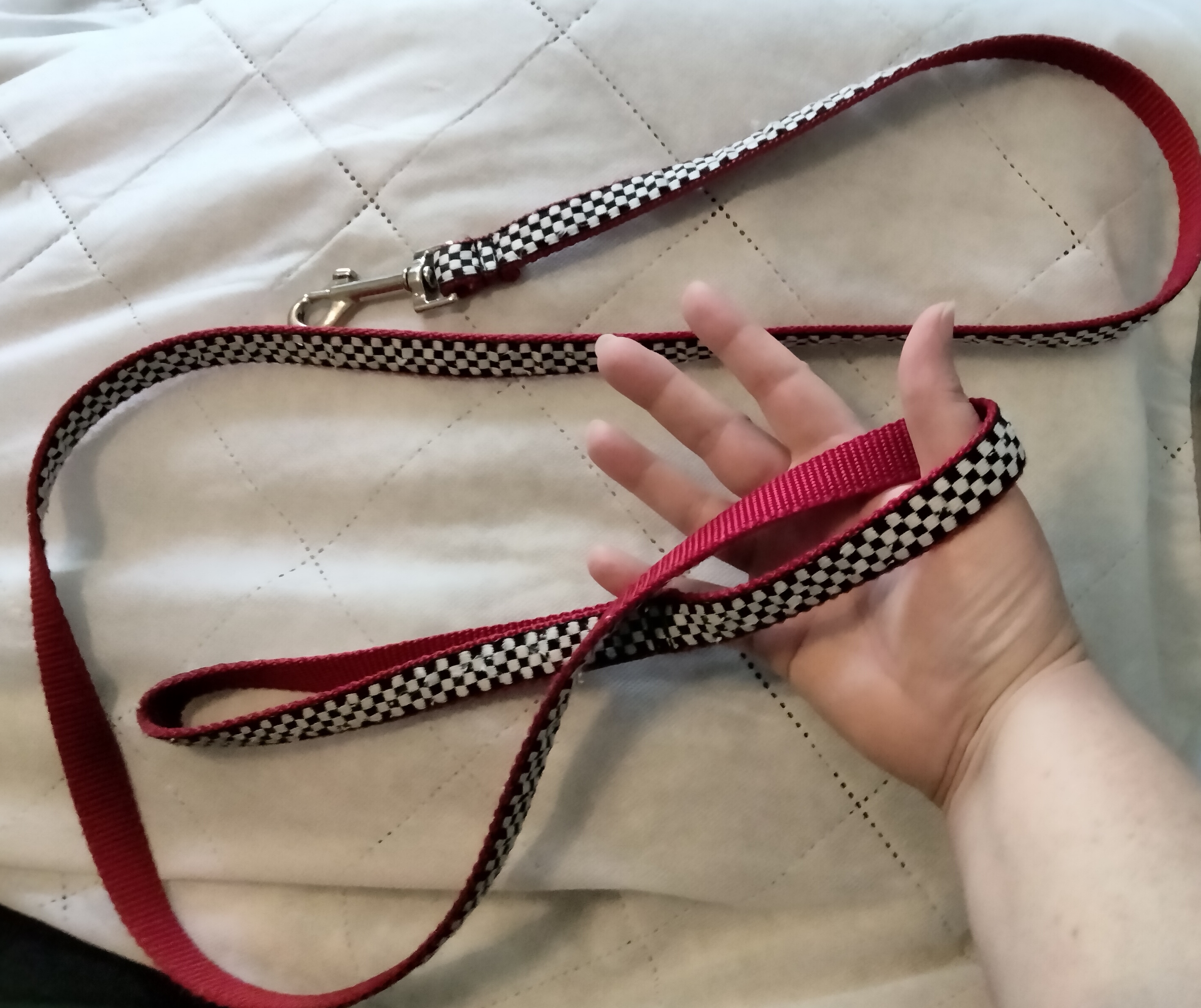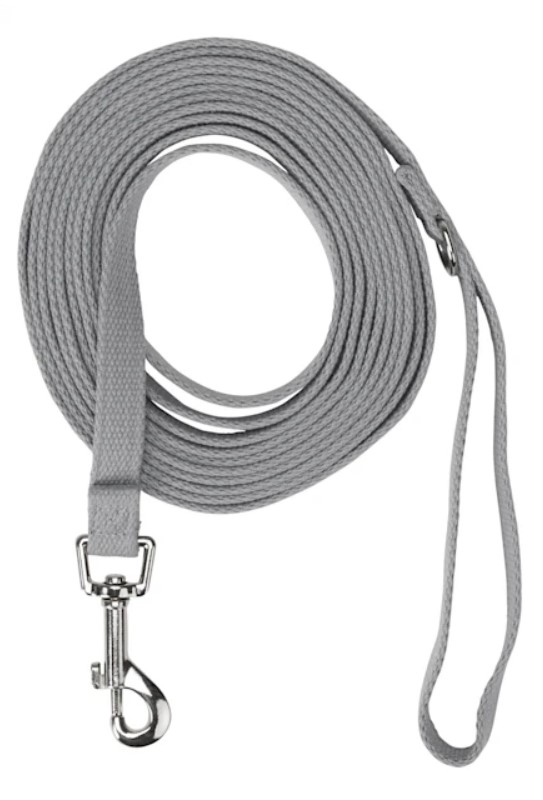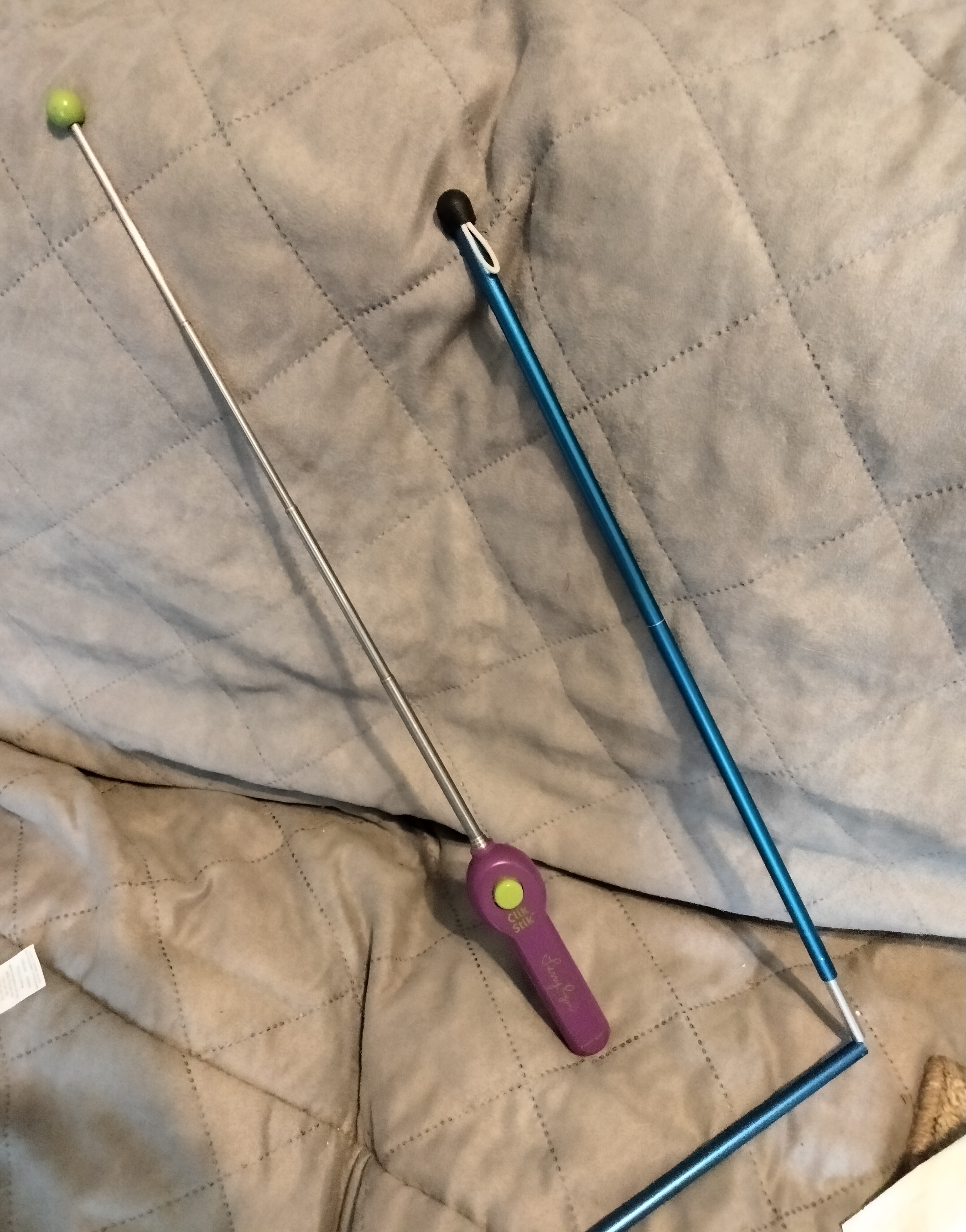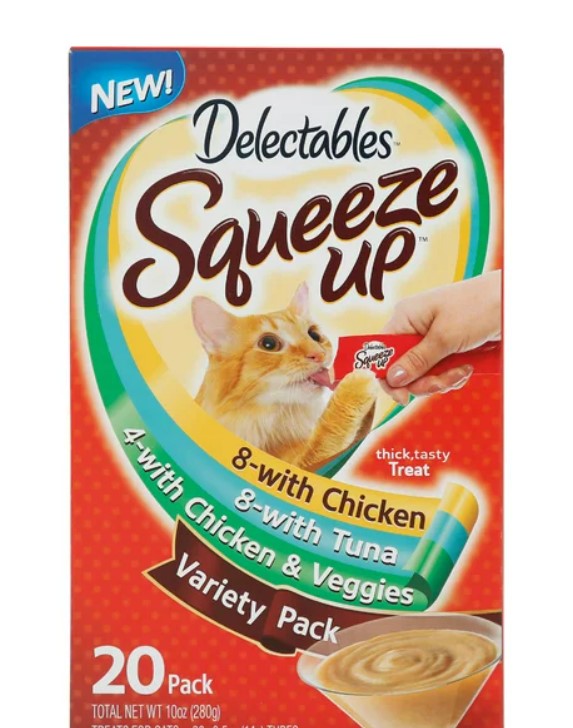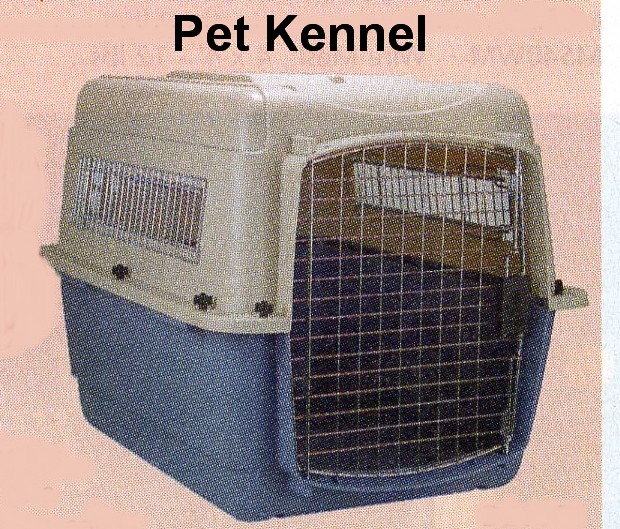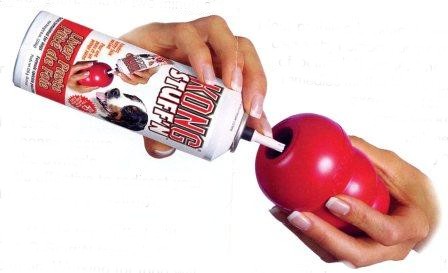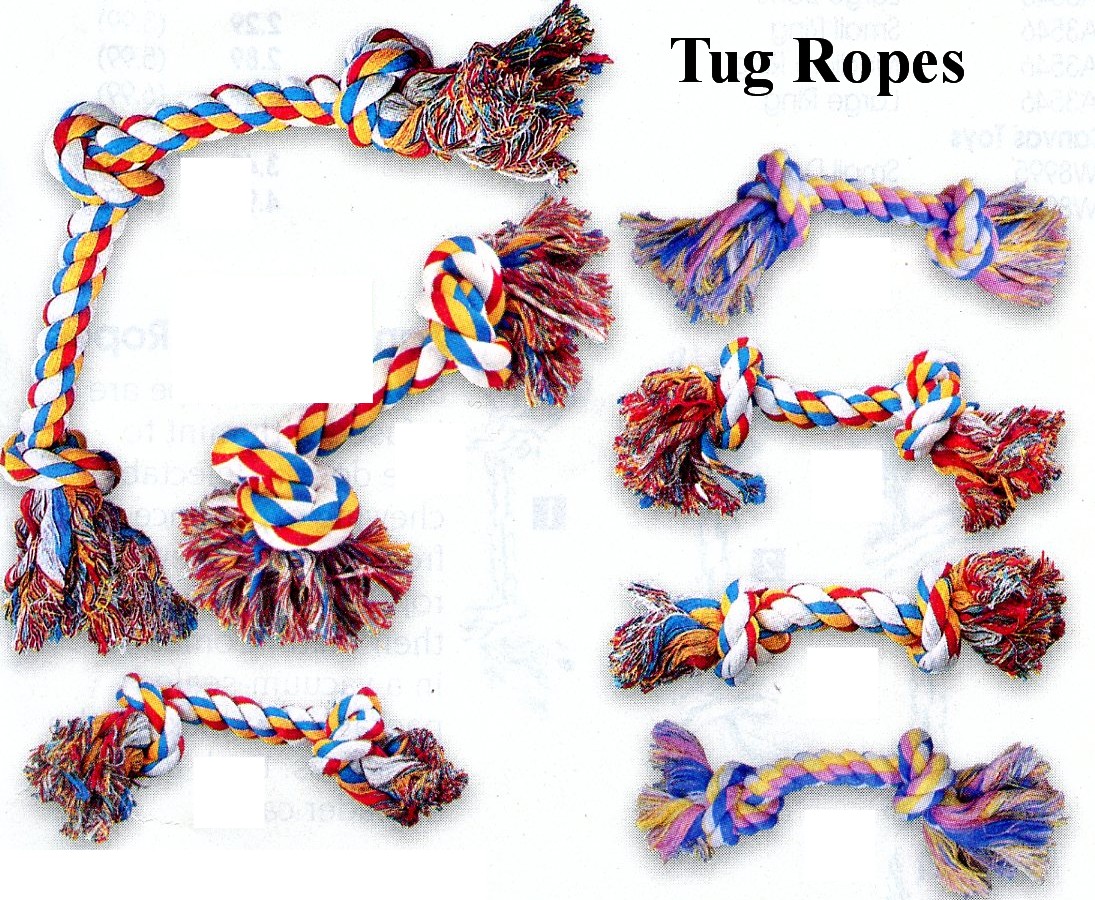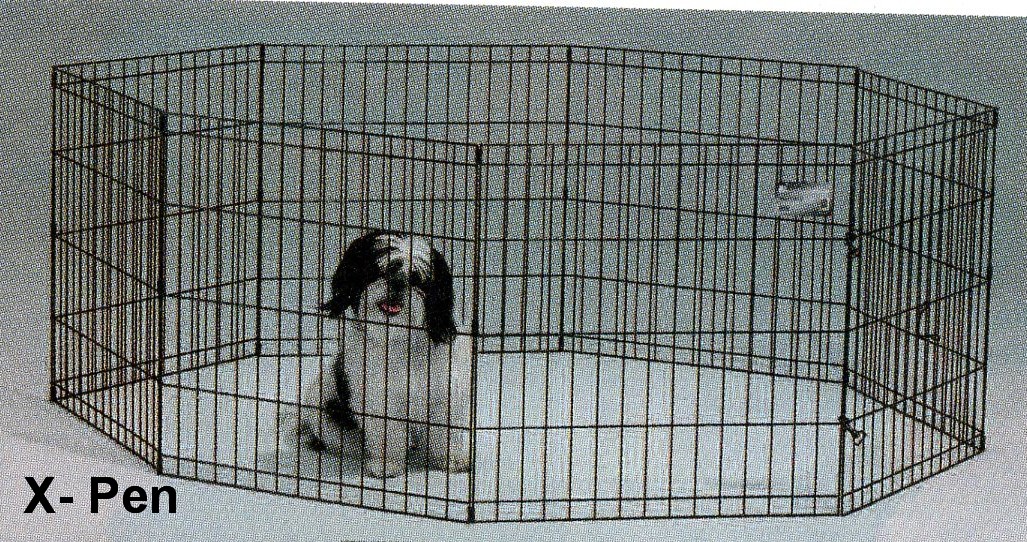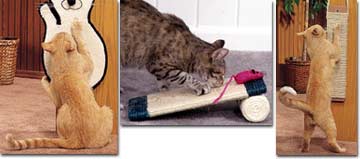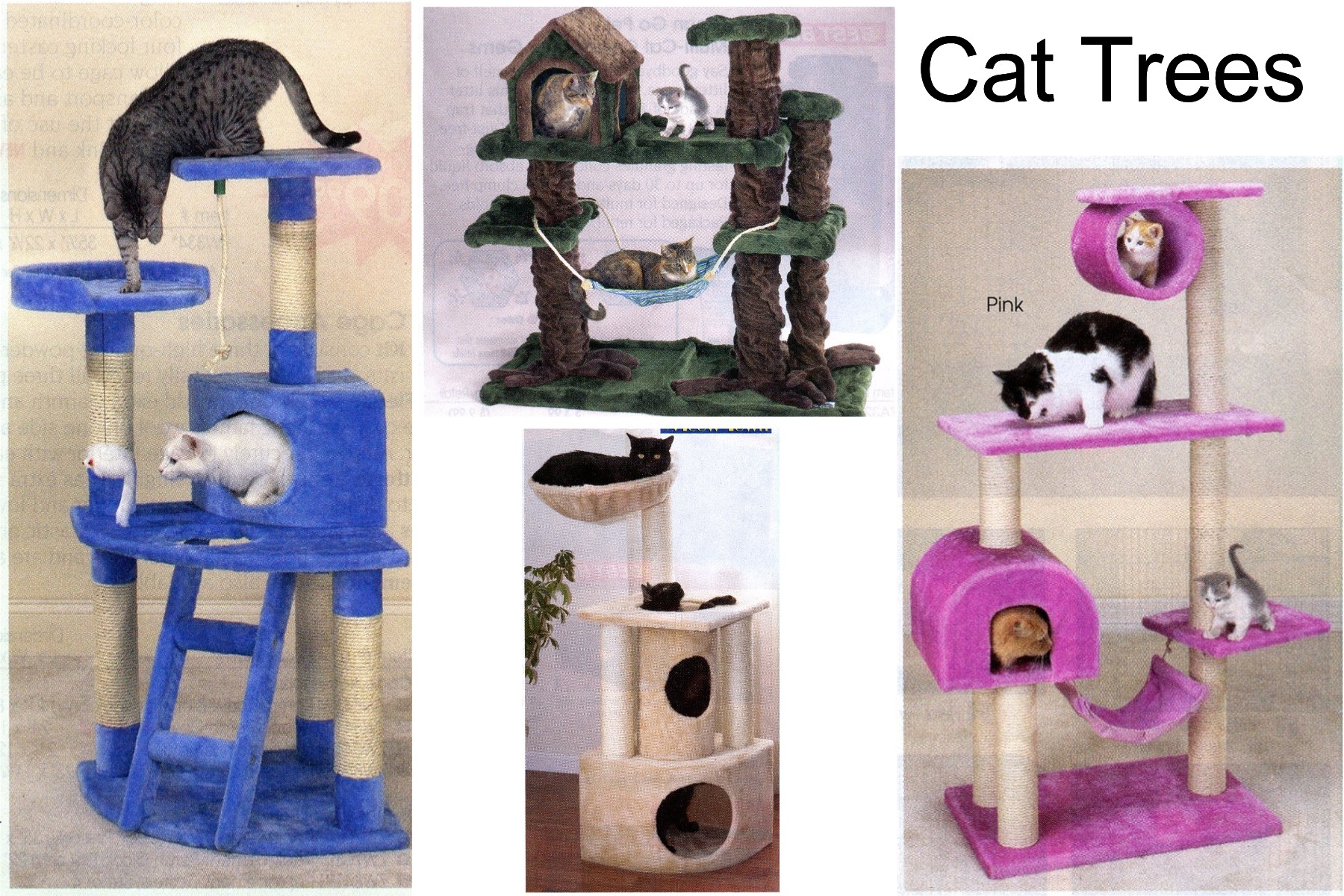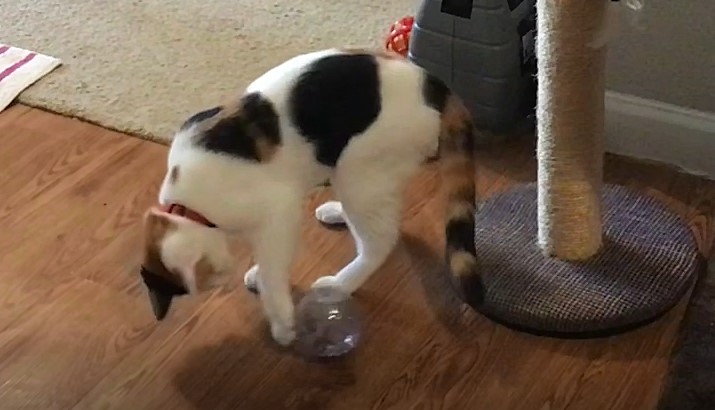Product Recommendations
Here are some products that you should have for class, and some other things that can be useful in keeping your pet physically safe and mentally stimulated.
The training tools below are meant to help make the training process easer, they are not meant for long term management of a problem.
Tools for Class
Box Clicker
The original box clicker, inexpensive, but can be a little hard to use for some. Available at Petco and clickertraining.com.
Button Clicker
Button clickers are usually easier to use and can have softer clicks. Available at local pet stores, Walmart, and clickertraining.com.
Ring Clicker
A great new option, available at Clickertraining.com. It is more expensive, but you don't have to worry about dropping it!
Treat pouch
Some sort of treat pouch is helpful for training to keep your treats handy. I like the hinged ones, like the one pictured above. This one is available at jjdog.com, but you can get similar products at your local pet store. You can also use an old fanny pack or pocketed apron.
Martingale Collar
For dogs, you need a good fitting collar. If your dog tends to slip out of any collar, a Martingale collar is a good option. I can help you fit it correctly for your dog. They are available at your local petstores, I don't recommend the ones with chain. For cats, I do recommend a collar for tags and a bell for kittens. For adult cats, a harness is a good option. I like to teach mine to wear them early.
Six foot leash
For dogs, you will need a good, six foot leash that is comfortable for you to hold. Watch out for sharp edges or leashes that are too thick. Do not use chain leashes. You may want to have a few cheap ones for puppies or chewers.
Long Line (15 feet +)
A long line is a great tool for teaching outside while keeping your pet safe. A 15 foot lead is a good start.
Target Stick
A target stick is a great tool, the purple one on the left is from clickertraining.com comes with a clicker attached! The blue one is a foldable target stick, I don't think they are available now, but many household items can be used as target sticks.
Treats for Cats and Dogs
Treats are the fasted way to reward your pet, you just have to find something they can eat quickly. A soft, chewy treat is the best option. You can use store bought treats, cooked chicken, or even canned pet food. For cats, a liquid form of treat may be preferable so you can give smaller sized rewards.
Dog Treats
It's tempting to use hard, crunchy treats for dogs, and in some cases, they may do well. But for training where you want to do a lot of quick repetitions of a behavior, it's preferred to use a soft treat. I like the Natural Balance Jumpin' Stixs, or something similar. I can hold the hold treat in the same hand with my clicker and break off a piece, or pre-cut them for faster delivery. When I'm working a dog on heeling and leash walk, it's less messy to have one piece and break off the reward as you go.
Cat Treats
There are a few things to keep in mind for cats. One is, do they like the treat? If they don't eat it quickly or at all, then it's not much of a reward. I do use Temptations and break them in half, but they do crumble. Another soft treat that I've had luck with is Sheba's Meaty Tender Sticks. Like the Natural Balance Jumpin' Stix, they allow you to hold 'all' of the treats easily and just break off a small piece after you click.
Liquid treats
For dogs and cats, sometimes a liquid form of treat may be preferable. With very small animals it's hard not to overdue the treats. We humans tend to think size matters, but for our dogs and cats, quantity is what they want. With a liquid or squeezable treat, you can give just a lick or two and move on to the next behavior without worrying as much about overfeeding.
Treat pouch
Some sort of treat pouch is helpful for training to keep your treats handy. I like the hinged ones, like the one pictured above. This one is available at jjdog.com, but you can get similar products at your local pet store. You can also use an old fanny pack or pocketed apron.
Dog Products
Dog Crate/Kennel
Crate training is a very useful tool and you need the right crate/kennel for your dog. Make sure it is the right size for your pet. Too big is just as problematic as too small. Used correctly, the kennel will keep your dog safe and secure no matter where he is.
Feeding Toys
There are a lot of types and brands of feeding toys. None of them are indestructible! But, if you choose the right one for your dog and teach them to use the feeding toy appropriately, you won't have to worry about them destroying their expensive toys. Feeding toys are a form of enrichment that can help prevent destructive behavior, calm a dog down and give them something to do when you aren't there to play with. Learning how to use a Kong or other feeding toy can be a life saver.
Play Toys
There are two main types of toys for your dog, ones you expect him to use to entertain himself... this includes feeding toys, and interactive play toys, such as tug ropes. The most important thing is to teach the dog to play appropriately. If you or the dog are too rough, the game isn't fun for anyone. Games and toys are a great way to have fun and teach your dog how to control himself.
X-pens and Baby gates
Managing your dog's access to different areas is crucial in potty training and keeping them out of harm's way. Depending on how active your dog is, you may use a kennel at these times, but often an X-pen or baby gate can be used to confine him with food, water and a feeding toy to keep him occupied while you need some free time.
Cat Products
Cats and kittens have slightly different needs than dogs. Besides a litter box, cats need scratching posts and vertical space.
Scratching Posts
Declawing a cat is like amputating the tips of your fingers! And it's not necessary. With regular nail trims (every 3-4 weeks) and well-placed scratching posts, you can have a cat who does not damage your furniture. It's good to offer a variety of scratching options in different parts of the house. Some cats prefer to scratch horizontally, others are verticl scratchers. The type of material can also be a personal choice that you have to determine.
Climbing Trees
Cats like to climb and if you don't provide them with their own climbing area, you will find them on top of shelves, the refrigerator and other inappropriate areas. Some cats need more height than others, you will have to figure out what's best for your climber.
Cat Carriers
It's very important to have a cat carrier and train your cat to be okay going in it. Trips to the vet and other places are safer and make your cat feel safer if they are comfortable going in a kennel. For young kittens and new cats, you might even consider using a larger dog sized kennel to confine the cat when you are asleep or not at home, at least until you are sure they won't get into trouble that might cause damage or hurt them. I've used a large dog crate for my last two kittens, until they were old enough to not wake me up in the middle of the night.
Feeding and Play Toys
Cats need enrichment just as much as dogs. At least dogs get to leave the house to go potty. Cats are often left with only a window to look out. Feeding toys for cats are a bit harder to find, I have found a few dog feeding balls that work great for cats. The plastic ones for dogs are often a good size for cats. Play toys for cats can be really easy, they often prefer something homemade to a store bought toy. Just be careful not to use string or other things that they may chew and swallow whole. Contrary to popular myth, string is not a good cat toy.
